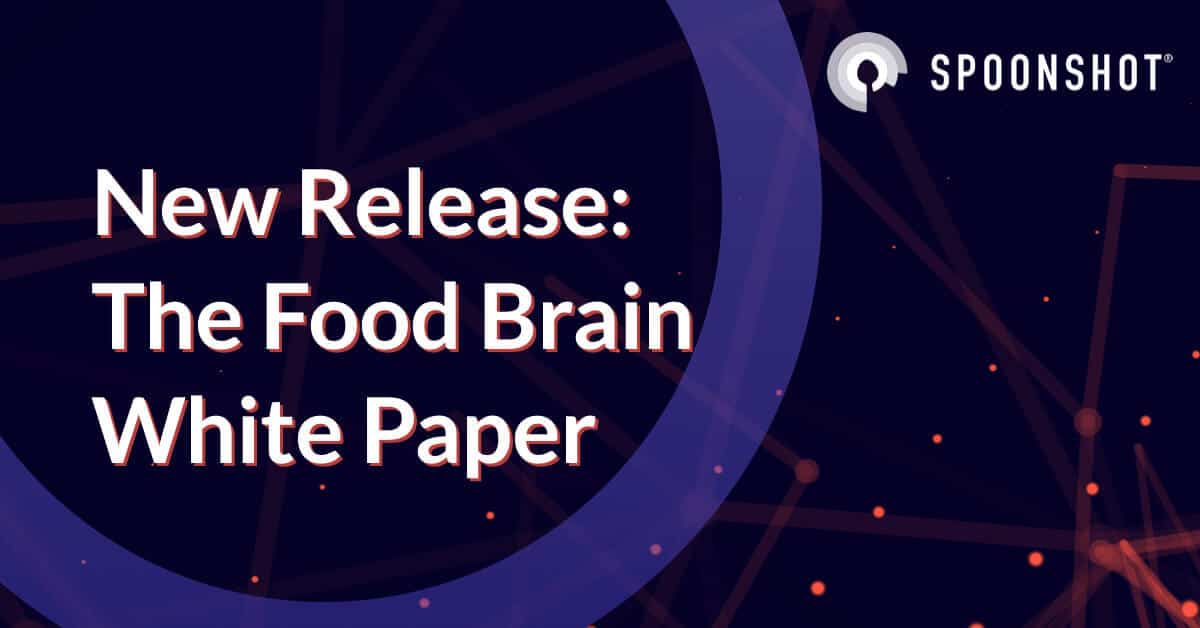
Multiple industries today make use of artificial intelligence (AI) to provide insights about human behavior. These insights range from anything between the products we buy and our health to the food we eat. The most easily accessible, large-scale data source on the web that could potentially be used by any industry is social media (which includes Instagram, Facebook, Twitter, etc).
Analyzing this data to get a basic understanding of human behavior is fairly straightforward. Most of the services that exist today do not require any prior knowledge of the domain; they simply dip into their large pool of data for a search term and then spit out the results. To get deeper, explainable insights from open-source data, expert input is crucial. The food industry can learn from other industries that have managed to do this well.
What can we learn from other industries?
In the healthcare industry, domain-specific data curated by professionals can be very useful for big data applications. For example, researchers at the Department of Statistics at Harvard University were able to develop a novel method that combines publicly available Google search data with traditional influenza surveillance data, curated by professional public health officials, to track influenza epidemics more efficiently. Without traditional surveillance data, Google search data is not that useful. People searching for influenza-related terms may not actually have influenza. Analytics on pure search data in this case would reveal some interesting indicators but would be very ‘noisy’ for someone trying to actually track a pandemic.
Similarly, to gain insights about food trends, maintaining a database of ingredient attributes such as its ingredient category or its role in a particular formulation can lead to more meaningful insights.
When starting out a market research study, innovation professionals are interested in popular flavors being used in products for their particular category. To be able to do that accurately, one cannot just count the use of ingredients in products. For more accurate, less noisy insights, the role of ingredients for each product category should first be assigned. For example, a product developer working with cakes would know that eggs are used as an emulsifier in cakes whereas fruit essences are typically used as flavors. Expert insights such as these can only be generated when domain knowledge is first curated.
At Spoonshot, we have been working to build expert automated insights with our tool. In this white paper, we do a deep dive into various levels of insights that can be produced and how expert insights differ from first-level insights. We cover:
- Second-level insights and their applications
- An automated concept generator tool to help product developers
- Knowledge graphs and their use cases



Leave a Reply